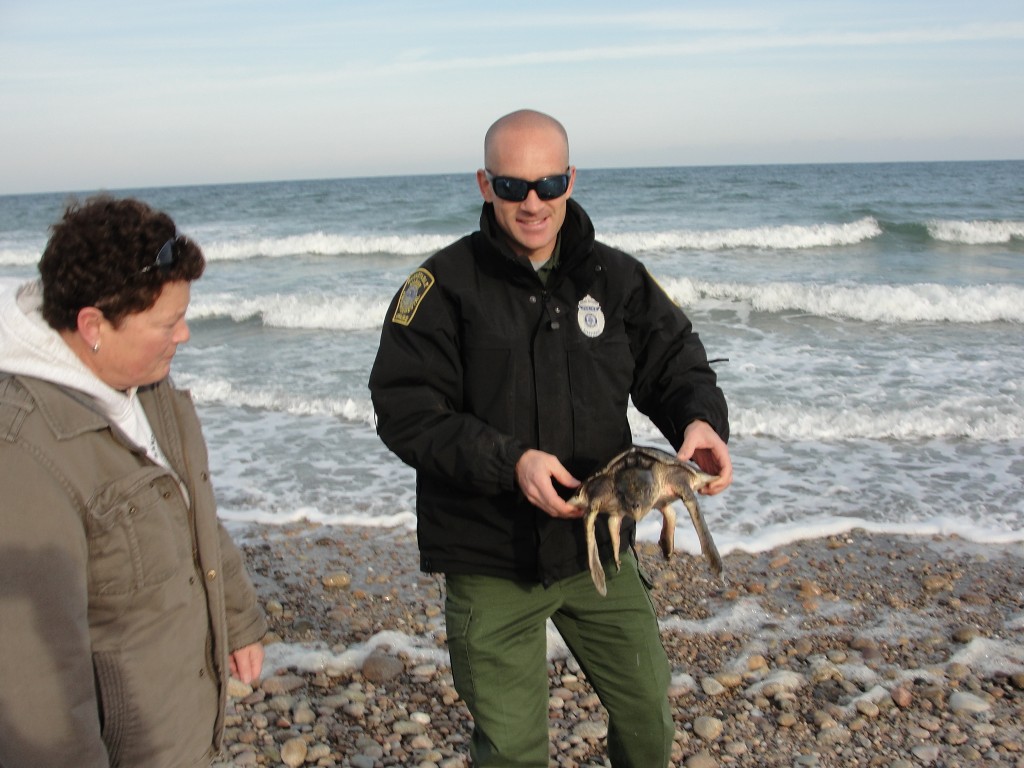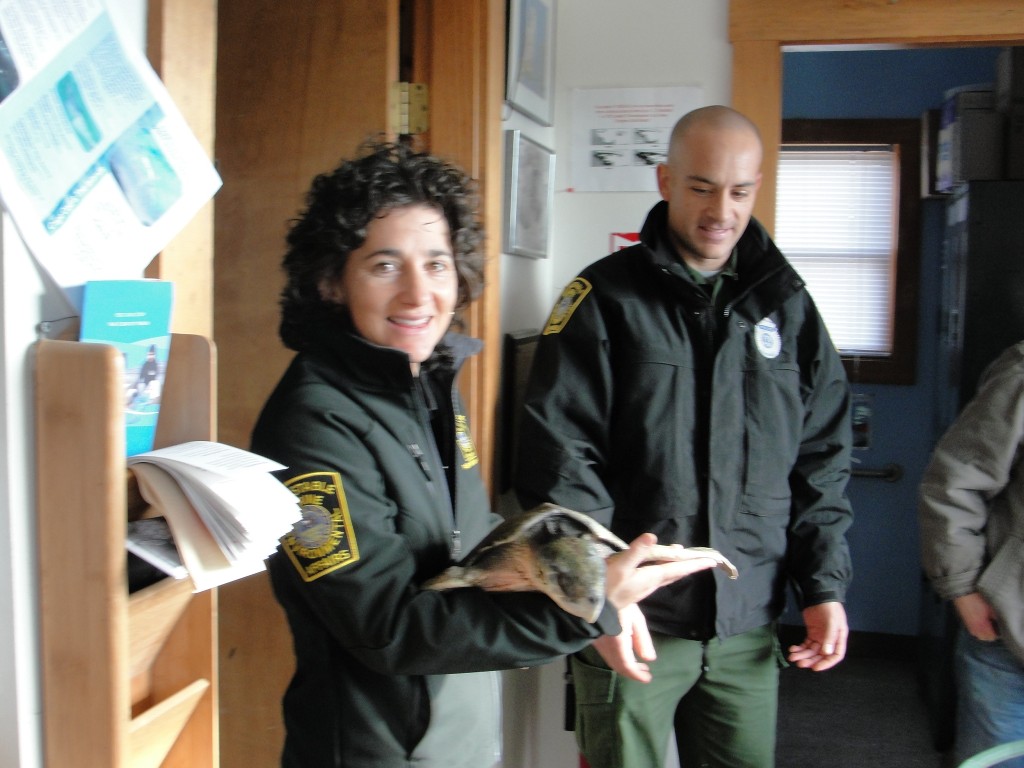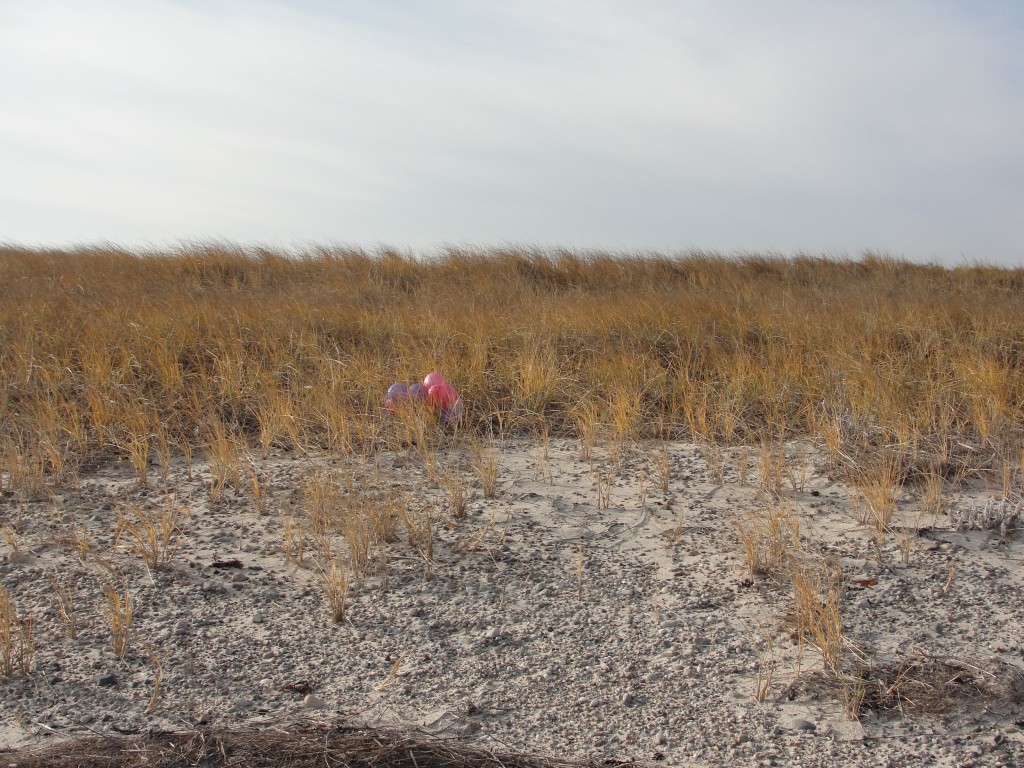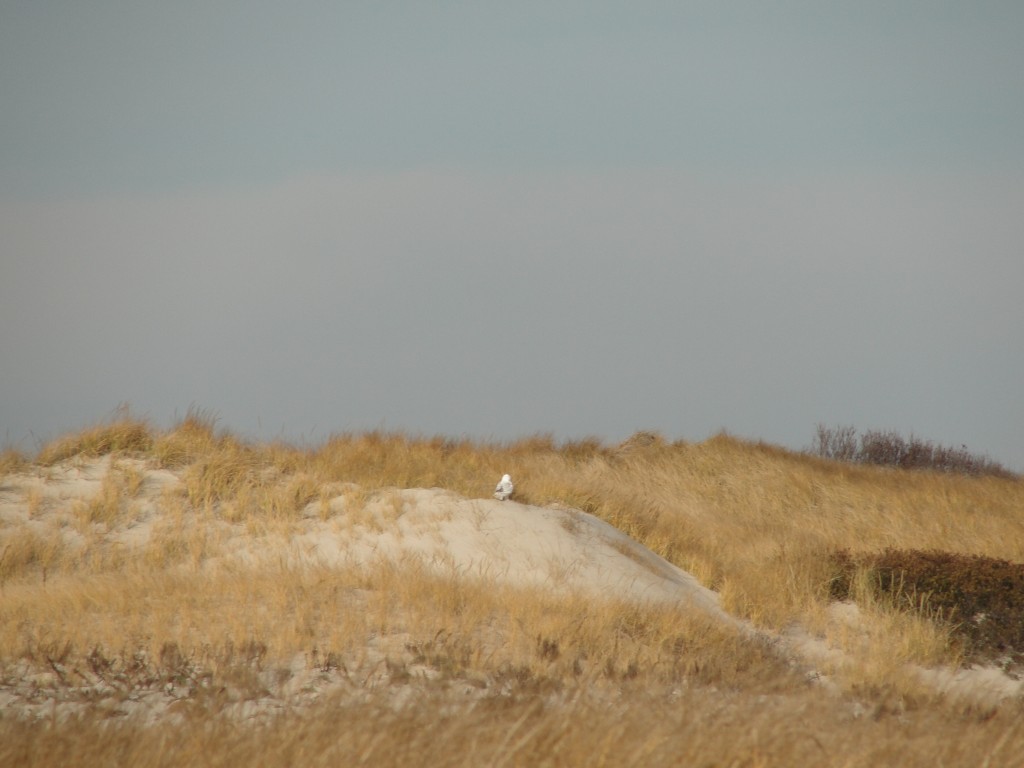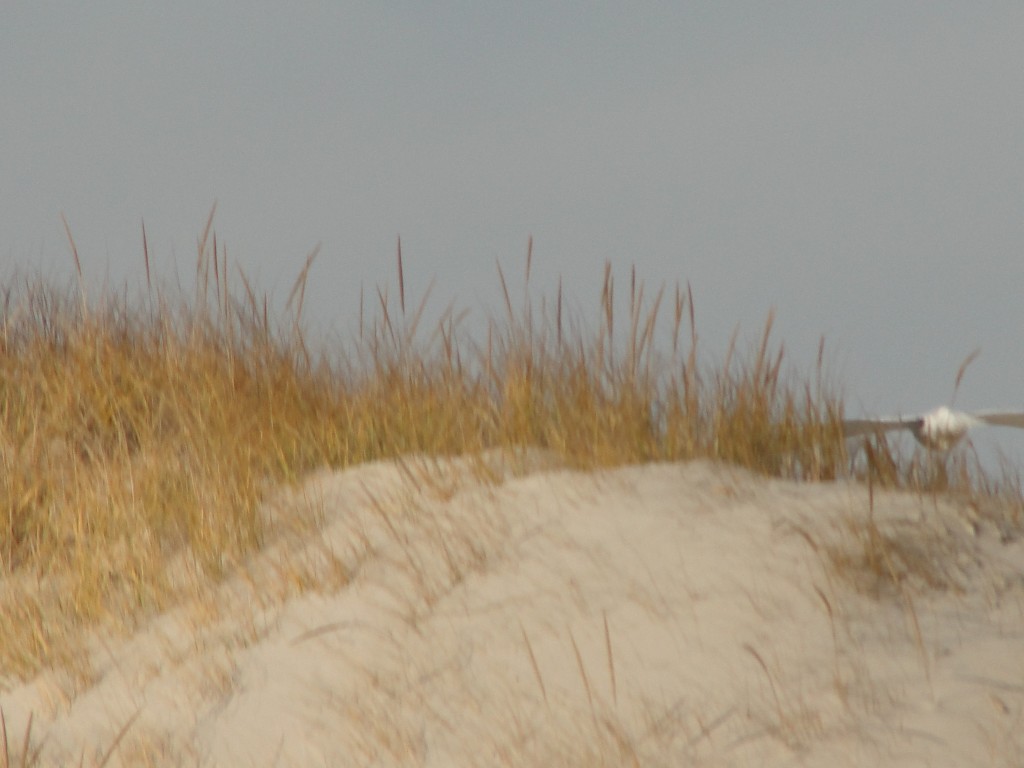If you’ve been anywhere on the Cape this winter chances are someone’s been talking about seeing a snowy owl. Some years many snowy owls head south from the arctic and this is called an irruptive year. We are having an amazing irruptive year with hundreds of snowy owls being seen not just here but almost everywhere in the northern US.
Haven’t seen one yet? Here’s what to look for.
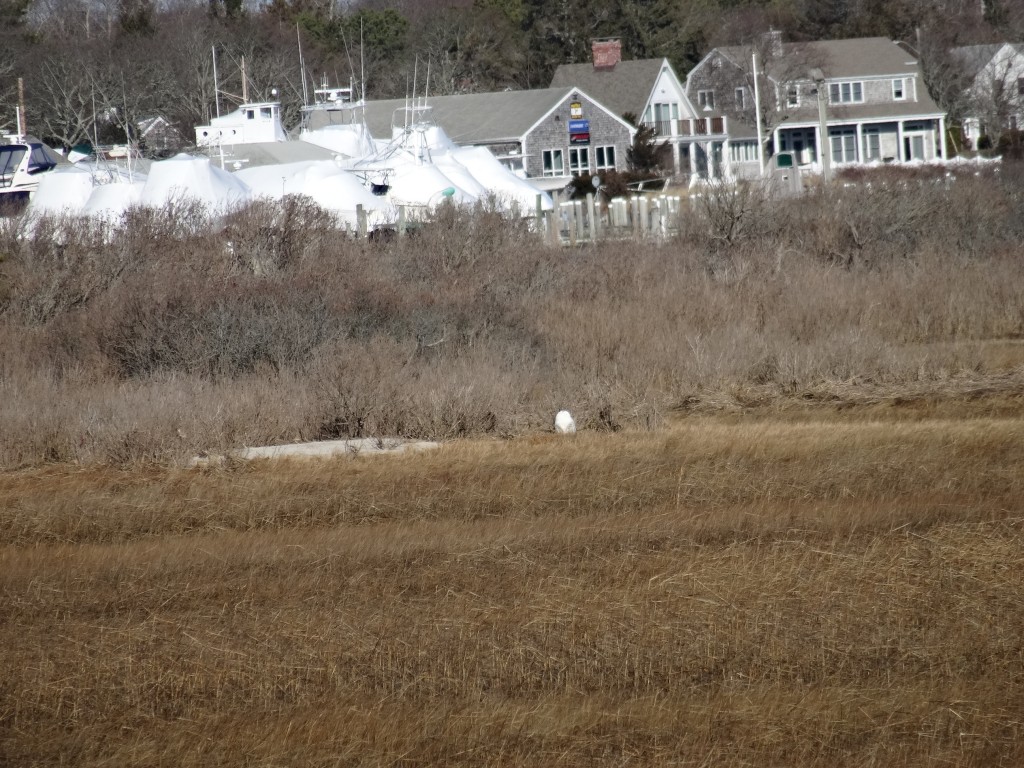 Snowy owls are diurnal, meaning they are out and about during the day. Their white coloration helps them blend in to a snowy background but when they are in an area like a salt marsh they sort of stand out. See that white dot in the background? That’s what you want to look for. You’ll come up with some white trash bags, old buoys and other such things but you may also come up with a snowy owl.
Snowy owls are diurnal, meaning they are out and about during the day. Their white coloration helps them blend in to a snowy background but when they are in an area like a salt marsh they sort of stand out. See that white dot in the background? That’s what you want to look for. You’ll come up with some white trash bags, old buoys and other such things but you may also come up with a snowy owl.
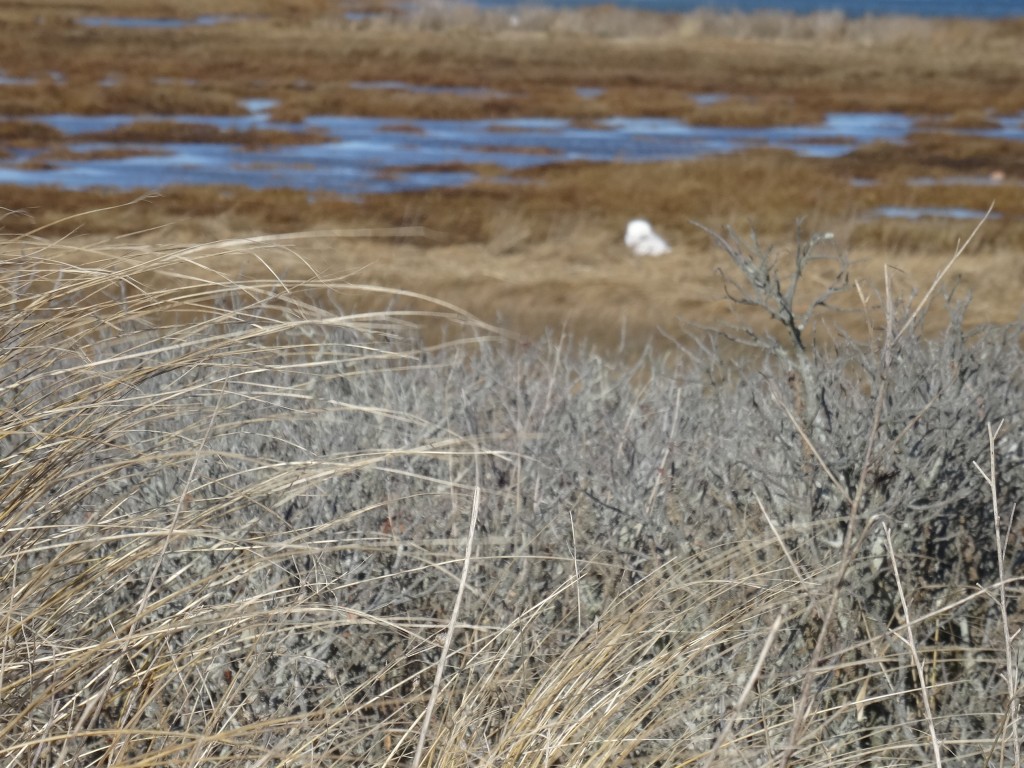 I am showing these distant pictures because I think a lot of people see the close ups people are taking with big zoom lenses and they don’t realize that the owls are not going to be just hanging out a few feet away from you. Having said that, every now and then one does exactly that but most owls you will see will be in the distance so bring binoculars.
I am showing these distant pictures because I think a lot of people see the close ups people are taking with big zoom lenses and they don’t realize that the owls are not going to be just hanging out a few feet away from you. Having said that, every now and then one does exactly that but most owls you will see will be in the distance so bring binoculars.
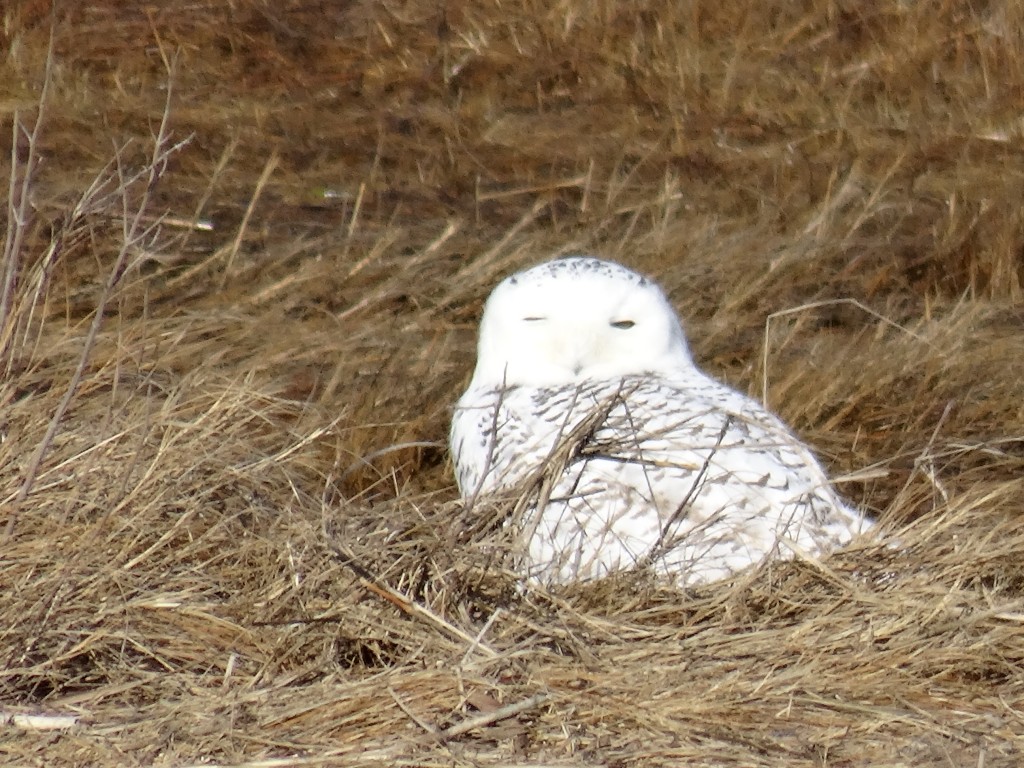 You want to respect the privacy of these birds. They are not used to people and most are not afraid though if you get too close they will fly away. Remember that these are tough times for birds out there and even birds like snowy owls that are used to the cold are under duress. Please don’t make them waste energy flying away from you. They need all their energy to hunt and survive through the frozen nights.
You want to respect the privacy of these birds. They are not used to people and most are not afraid though if you get too close they will fly away. Remember that these are tough times for birds out there and even birds like snowy owls that are used to the cold are under duress. Please don’t make them waste energy flying away from you. They need all their energy to hunt and survive through the frozen nights.
What do snowy owls eat? Pretty much anything they can eat. I think most of us know they eat lemmings up north. We don’t have lemmings here though we do have mice and voles. Snowy owls also eat birds, especially ducks. Look for them in areas resembling the tundra such as salt marshes, dunes and even the outer beaches.
Who knows when we will ever have another year like this? Get out and see one while you can. They will soon be heading back north.

